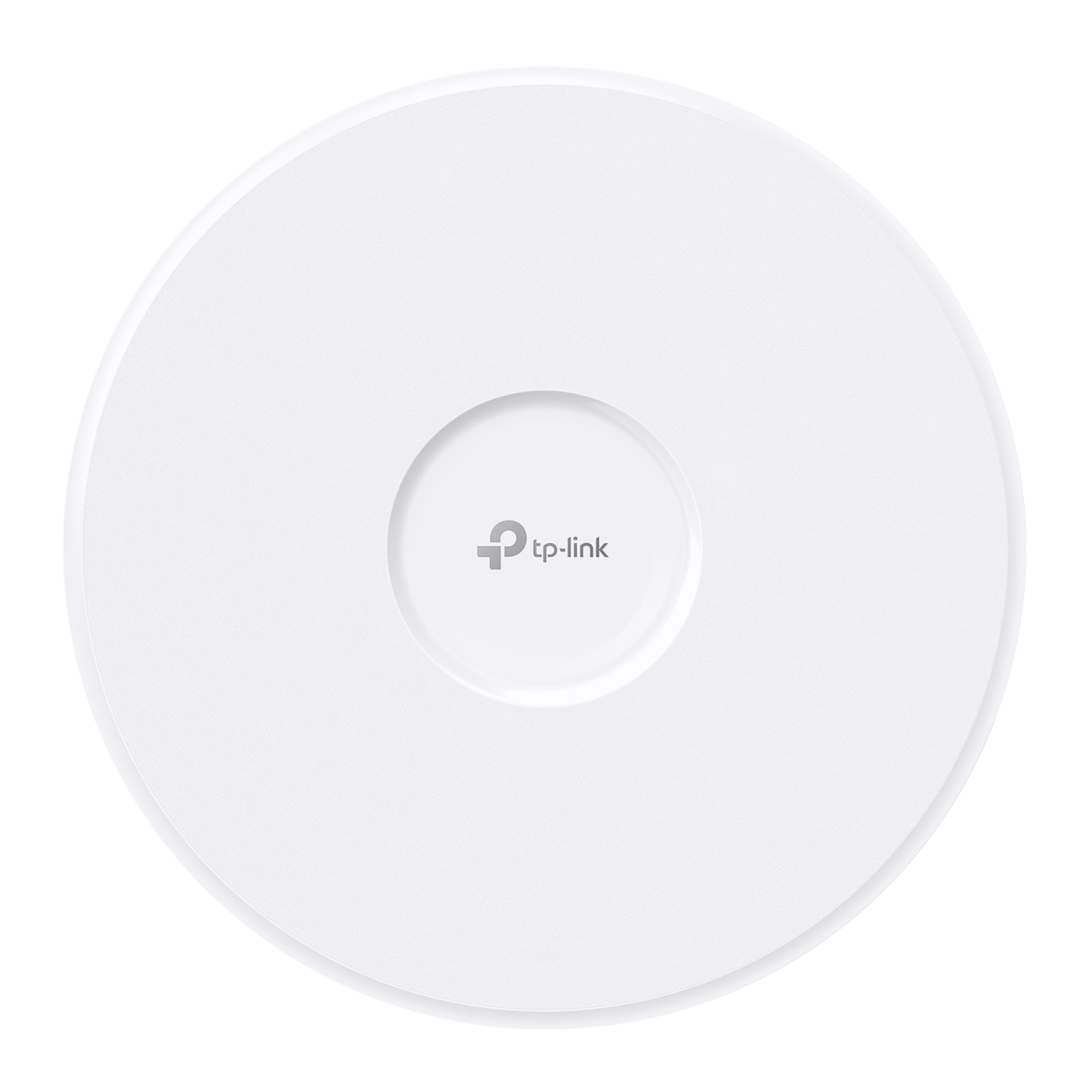Expectations are high and latencies (hopefully) at impressive new lows, as TP-Link unleashes its first Omada Cloud Layer 3 switches, including the Omada L3 SG6654XHP and SG6654X. These are enterprise switches with the flexibility to be deployed in almost any kind of business or organisation, even as an ISP.
Scalable and stackable
Layer 3 switches can be used at the core layer, aggregation layer, or the access layer. This means less dependence on routers to manage access, and that in turn can reduce the number of network devices you need.
Reduce to a single stack in the network manager’s office, you ask? Well that depends on the network, of course, but Omada L3 switches are engineered to be “physically stackable”. No racks or rack mounting hardware needed, just place Omada L3 switches on top of each other. All power and airflow is on-board.
Physical stacking is likely to be useful when Omada L3 switches are configured in groups, to dynamically back up each other (VRRP). There’s also ring topology support for even more rapid protection and recovery (ERPS).
Expanded networking choices
L3 switches expand your networking options, but then those options become increasingly mission-critical, so you worry about points of failure, and that’s why Omada L3 switches have dual power supplies.
Let’s talk layer 3 capabilities. Static Routing, RIP, OSPF, and ECMP come with abundant Layer 3 routing protocols that support a scalable network. Multicast routing protocols guarantee efficient routing for multicast groups. DHCP Server and DHCP Relay are also supported.
If this sounds like boilerplate, it is – these devices are intended for the full gamut of possible deployments, any network environment you can imagine really. TP-Link sees the
Omada L3 switches as ideal for very large or complex networks, even ISPs.
It’s worth noting that TP-Link’s Omada L3 switches also include the full gamut of L2+ functionality, with 802.3ah OAM, DDM, sFlow, QinQ, L2PT PPPoE ID Insertion, IGMP authentication, and more.
As more Wi-Fi 7 access points roll out and SMBs upgrade their devices to next generation Wi-Fi 7, the expectation will be for very high bandwidth. Omada L3 switches have SFP28 25Gbps slots, which helps future-proof your network. Some models have up to 820Gbps of switching capacity per unit.
Read more TP-Link articles on Small Business Answers.
